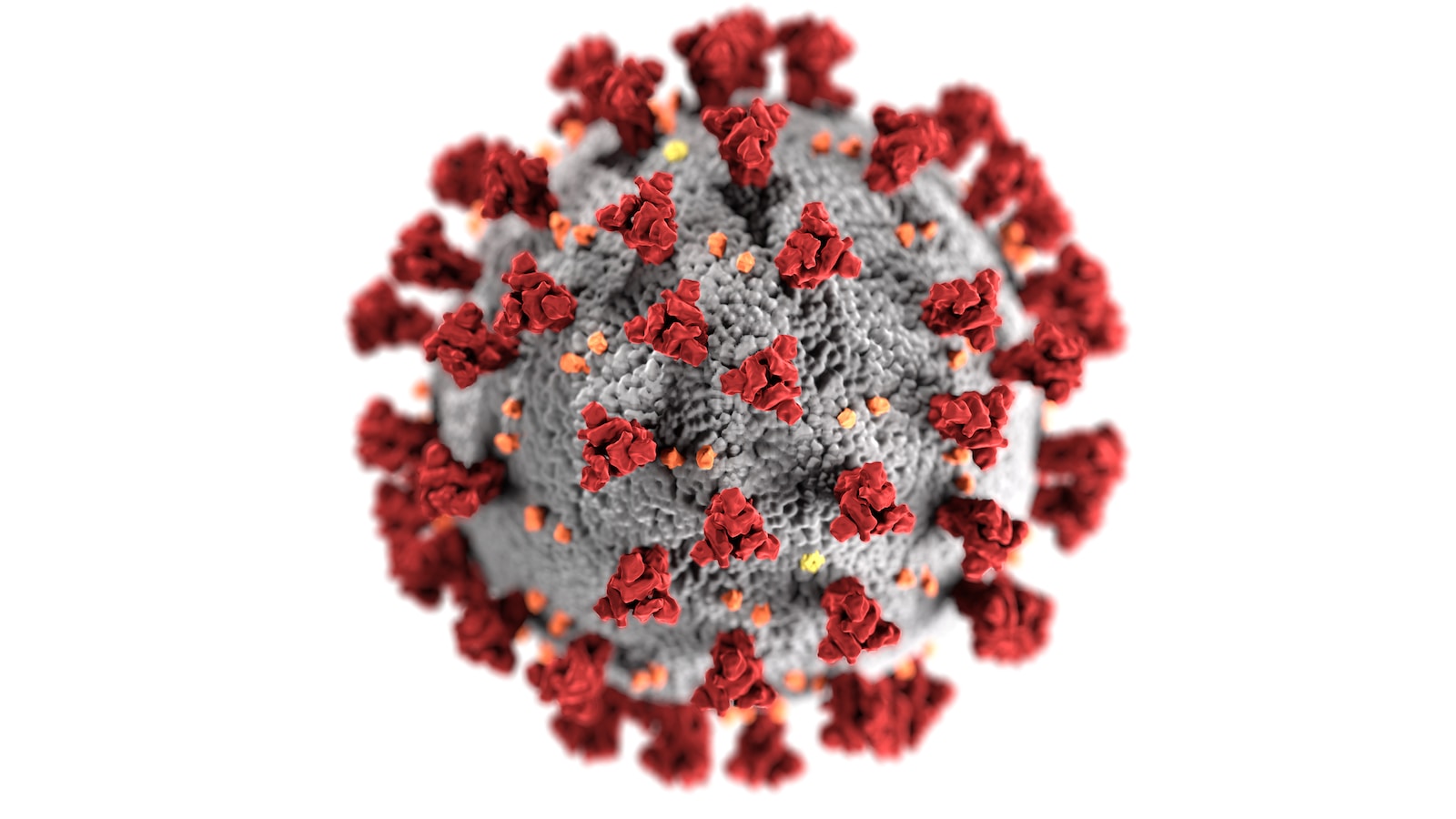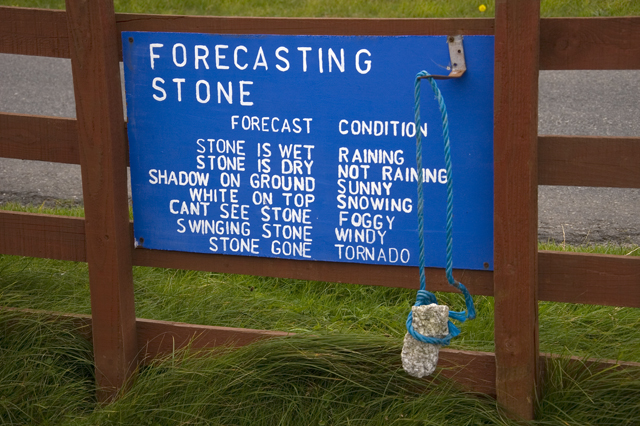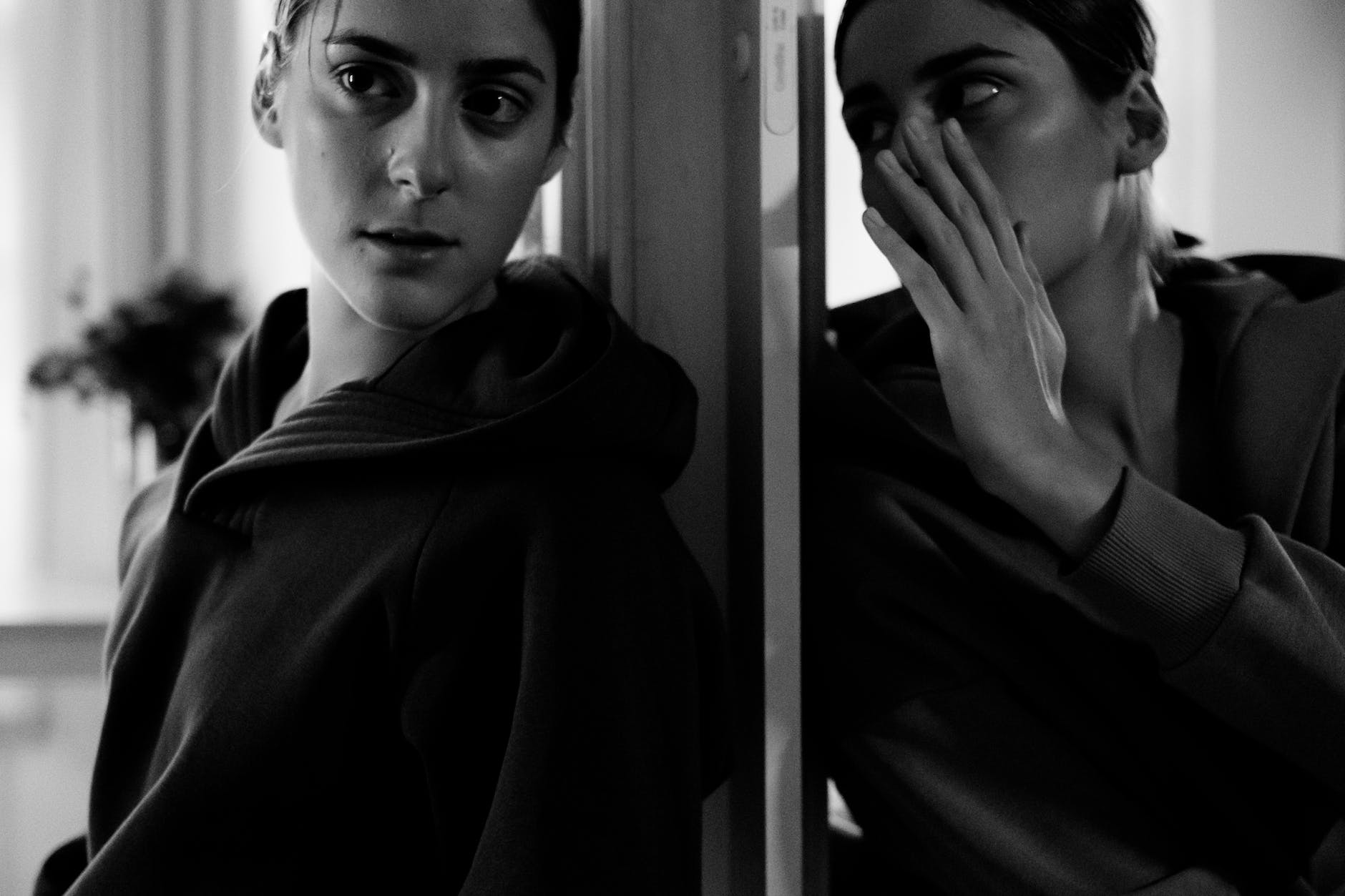[excerpted from Fatal Certainty]
…A number of isolated people within the various bureaucracies (CDC, White House, Sandia Labs), more than a decade before COVID, found one another, and began to use computer modeling to imagine the spread of a pandemic flu, and to investigate what policies might be most effective in preventing its spread.
…The author Michael Lewis, from whose (highly readable and gripping) book this passage comes, here makes it seem as though if only the experts had taken seriously the model of disease spread originally developed by a 15 year-old girl for a 2005 school project (with the help of her Sandia National Lab father, it must be said), then all might have been well, or at least a lot better.
It’s a great story, and even partly true. But it ignores several key problems.
First, the model in question, based on previous outbreaks, said that the critical thing was to eliminate social interactions among the less vulnerable school-aged children, because they were the “vectors” that spread any disease to the older or otherwise more vulnerable members of the population. This seemed to mean closing the schools.
So, the United States (far too late, probably because it just feels unnatural to human beings to take significant actions to prevent catastrophe in a timely manner – see “reinforced cockpit doors” above) closed its schools in early 2020 and shifted to “virtual learning.” In this it followed both the “lessons of the past” and the advice of thought leaders such as Nicholas Kristof of the New York Times:
Prepare for public school students to attend classes remotely in parts of the country most affected. Researchers found that during the 1918 Spanish flu, cities that canceled schools and public gatherings — and did so early — fared better than other cities.
A year of this, however, was enough to convince even epidemiologists and “pro-vax, pro-mask” journalists that there were gigantic long-term costs to keeping kids at home that had not been factored into decision-making. By early 2022 the research was almost universal in its conclusion: the damage to children’s prospects from extended home learning had been far from trivial.
We found that, around the world, children returned to school following pandemic-induced closures with learning levels below those typical for their age. Studies show large learning losses, from one-third of a year in Ohio to a full year in Karnataka, India. This is worrisome, because evidence suggests that once students fall behind the curriculum, they find it difficult to catch up without additional support. Moreover, disruptions to learning can lead students to drop out of school altogether. In Sierra Leone in the aftermath of Ebola, 17% of girls never re-enrolled once schools reopened, turning a short-term shock into a permanent one.
But it also turned out that the model itself, for this particular virus, was simply not working. Packed schools (and some states had restored in-person learning far before others) were simply not causing dire outbreaks of COVID-19. The communities that refused to go along with federal guidance, often seemingly based on nothing more scientific than local political opinion, did not, in fact, see the terrible effects that the models and the experts had warned must follow.
It took a year and several new variants for establishment opinion leaders (such as Nicholas Kristof of the New York Times) to “follow the science,” and swivel 180 degrees on the “keep kids at home” mantra:
We now have a great deal of data in the United States and abroad comparing areas that reopened schools versus those that kept them closed. As the Centers for Disease Control and Prevention found, “in-person learning in schools has not been associated with substantial community transmission.” The British Medical Journal this week put it this way in an editorial: “Closing schools is not evidence based and harms children.”…Most evidence aligns with a careful Tulane study that found that in most of the United States, school openings do not increase coronavirus hospitalizations. And teachers generally don’t seem at greater risk than people in other occupations.
In other words, the major hypothesis incorporated into the “cause and effect” model in question – open schools mean massive contagion, and that “when you closed schools and put social distance between kids, the flu-like disease fell off a cliff,” simply turned out to be…wrong.
Why? We don’t know. We may not know the complete answer for many years, if ever.
But this is a critical point for all decision-makers to consider. Nothing could be more logical and plausible and believable than to think that a known and seemingly well-understood mechanism that had shown itself to be true in the past (that kids are “superspreaders,” and school, where they are crammed together and have been shown to have spread epidemics many times in the past, is a key pathway for spreading infectious diseases to more vulnerable populations at home) will continue to hold true going forward.
But it turns out not to have been true. An accepted, well-articulated, scientific cause-and-effect mechanism, even in a “harder-science” realm such as epidemiology (not even one of those even squishier “intersubjective realities” we spoke of earlier), suddenly stopped working.
In the words of Robert Sapolsky, “OMG.”
…However, beyond the obvious damage to the futures of kids who were kept home from school in environments that doomed them to fall behind their peers, there was another form of “collateral damage” that was essentially self-inflicted: the discrediting of elite institutions and of expertise generally across society.
It wasn’t that experts and institutions were wrong, over and over, during the pandemic – though they were.
It’s that they never (or, at least, never visibly enough) conveyed to the public the level of Frank Knight’s “higher form of uncertainty” that surrounded their pronouncements.
…Fauci told a “60 Minutes” interviewer on March 8, 2020, “There’s no reason to be walking around with a mask. When you’re in the middle of an outbreak, wearing a mask might make people feel a little bit better and it might even block a droplet, but it’s not providing the perfect protection that people think that it is. And, often, there are unintended consequences — people keep fiddling with the mask and they keep touching their face.”
Fauci did not hold to this opinion much longer. By April 3, 2020, he was recommending that all Americans wear masks. As a result of his perceived flip-flopping, and the intense sensitivity of a large minority of the public to any perceived slight to his titular boss, President Donald Trump, by late 2020, Fauci was no longer seen as a trustworthy purveyor of pandemic information by most Republican voters – a proportion of the population large enough that its lack of cooperation could destroy any possibility of stamping out a contagion.
…Fauci explained that [in the spring of 2020], “we were not aware that 40 to 45% of people were asymptomatic, nor were we aware that a substantial proportion of people who get infected get infected from people who are without symptoms. That makes it overwhelmingly important for everyone to wear a mask….So when people say, ‘Well, why did you change your stance? And why are you emphasizing masks so much now when back then you didn’t — and in fact you even said you shouldn’t because there was a shortage of masks?’ Well the data now are very, very clear…We need to put that nonsense behind us about ‘well, they keep changing their minds,’” Fauci said.
This betrays a basic misunderstanding of human nature, in which “nonsense” is unavoidable and therefore must be factored in, just as the terrain of a battlefield must be factored in by any general. The truth that Fauci, and every authority in the fight against COVID-19, really needed to be conveying to the public, from the beginning, was that the entire situation – like every unsolved urgent scientific problem – was characterized by a huge amount of irreducible uncertainty; and that, in the words of Franklin Roosevelt, every policy must be undertaken in the spirit of “bold experimentation,” with the expectation that it may well be changed or reversed if it is proven not to work.
…The costs of failing to imagine alternative futures, other than the single point forecast that leaders have either internalized through decades of professional practice, or calculated via a spreadsheet, can be very high, and last very long. Sometimes they can kill. Sometimes they can even change history.



